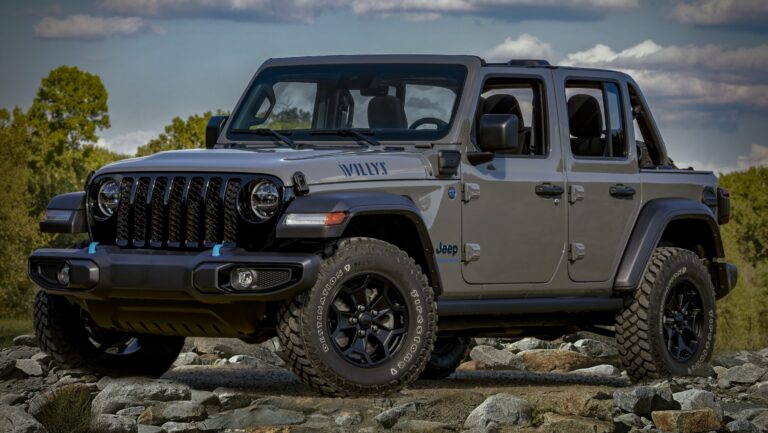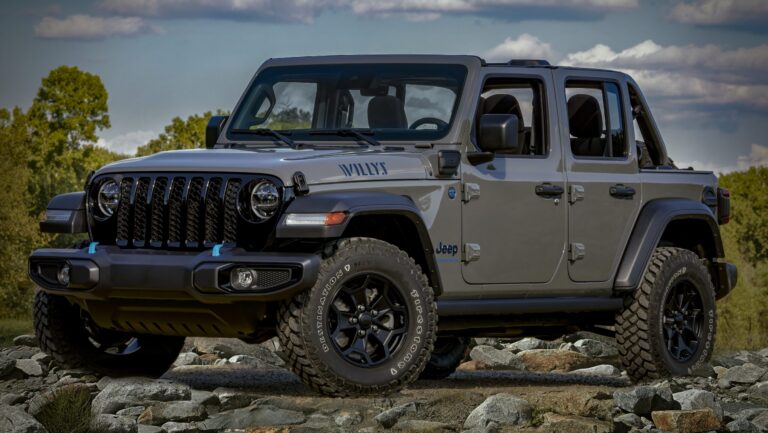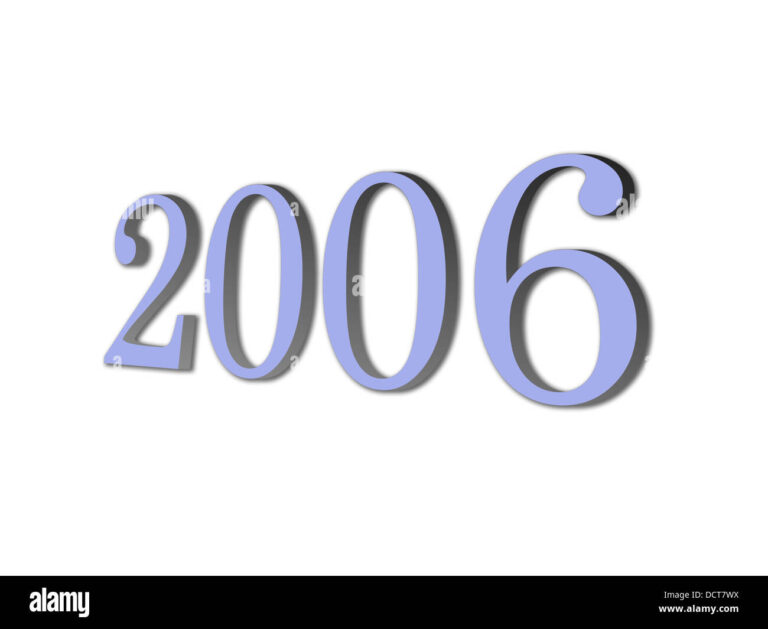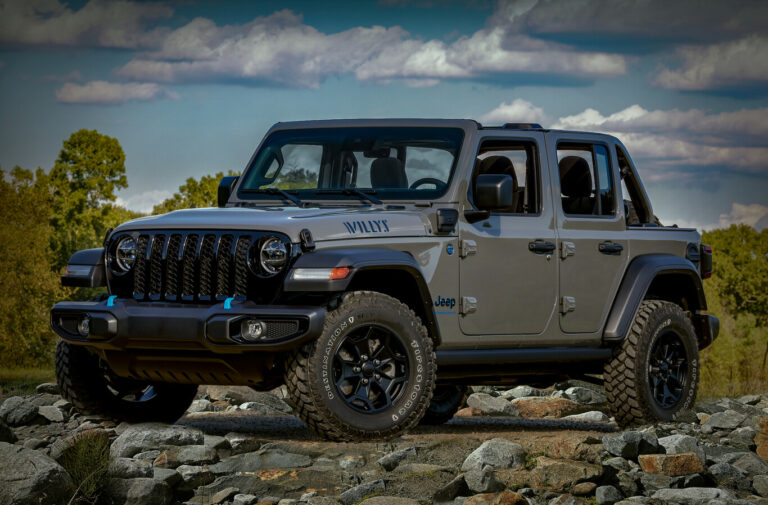FC-150 Jeep For Sale: Your Comprehensive Guide to Acquiring a Forward-Control Legend
FC-150 Jeep For Sale: Your Comprehensive Guide to Acquiring a Forward-Control Legend jeeps.truckstrend.com
Introduction: Unearthing a Unique Piece of Automotive History
In the vast landscape of classic automobiles, some vehicles stand out not just for their performance or aesthetics, but for their sheer uniqueness and utilitarian charm. The FC-150 Jeep is undeniably one such icon. "FC" stands for "Forward Control," a design philosophy that placed the driver directly over or slightly ahead of the front axle, maximizing cargo space in a compact footprint. Produced by Willys Motors (and later Kaiser-Jeep) from 1956 to 1965, the FC-150 was a workhorse designed for versatility, capable of tackling challenging terrains while hauling significant loads.
FC-150 Jeep For Sale: Your Comprehensive Guide to Acquiring a Forward-Control Legend
Today, an FC-150 Jeep For Sale is more than just a transaction; it’s an opportunity to acquire a distinctive piece of American automotive history. These rugged, unconventional vehicles have garnered a passionate following among collectors, off-road enthusiasts, and those simply seeking a truly unique classic. Their distinctive "cab-over-engine" design, rugged build, and surprising capabilities make them highly sought-after. However, buying an FC-150 requires a thorough understanding of its quirks, common issues, and the specialized market. This comprehensive guide will equip you with the knowledge needed to navigate the exciting journey of finding and owning an FC-150 Jeep.
The Enduring Legacy: A Brief History of the FC-150 Jeep
The FC-150 was born from a need for a compact, highly maneuverable utility vehicle that could operate in tight spaces, such as farms, construction sites, and urban environments. Designed by Brooks Stevens, its most striking feature was its "cab-over" layout, inspired by European truck designs. This innovative configuration allowed for a full-size pickup bed on a wheelbase normally associated with a much smaller vehicle.
Initially powered by Willys’ proven F-head "Hurricane" inline-four engine, the FC-150 boasted legendary Jeep 4×4 capability, making it a formidable off-road performer despite its unusual appearance. It was offered in various configurations, including pickup, chassis-cab, and even specialized bodies like fire trucks or airport support vehicles. While production numbers weren’t as high as conventional Jeeps, its unique design and robust construction ensured its place in automotive history. Its discontinuation in 1965 marked the end of an era for Jeep’s forward-control line, making surviving examples even more special.
Why Invest in an FC-150 Today?
For prospective buyers, the appeal of an FC-150 Jeep For Sale extends beyond mere nostalgia. Here are several compelling reasons why these vehicles continue to attract attention:
- Unique Aesthetics and Design: The FC-150’s unconventional looks are a guaranteed head-turner. It stands out in any crowd and offers a distinctive alternative to more common classic trucks.
- Collector’s Item Potential: Due to their relatively low production numbers and utilitarian nature (many were worked hard and discarded), well-preserved or restored FC-150s are increasingly rare and desirable.
- Off-Road Capability: Beneath its quirky exterior lies a true Jeep. With robust axles, a durable transfer case, and ample ground clearance, a properly maintained FC-150 remains a surprisingly capable off-road vehicle, perfect for trails or adventurous excursions.
- Restoration Project Potential: For those who enjoy hands-on work, an FC-150 offers a rewarding restoration project. Its relatively simple mechanicals, while unique, can be understood and worked on by enthusiasts.
- Investment Potential: As classic car values continue to appreciate, rare and unique vehicles like the FC-150 can represent a sound investment, particularly if meticulously restored.
- Practical Utility (with a Classic Twist): Despite its age, an FC-150 can still serve practical purposes, from hauling gear to being a unique promotional vehicle for a business.
![]()
Key Considerations When an FC-150 Jeep is For Sale
Before you jump into acquiring an FC-150, a thorough understanding of what to look for is crucial. These are not modern vehicles, and their age brings specific challenges and considerations.
- Rust, Rust, Rust: The FC-150s were built in an era before extensive rustproofing. Pay extreme attention to:
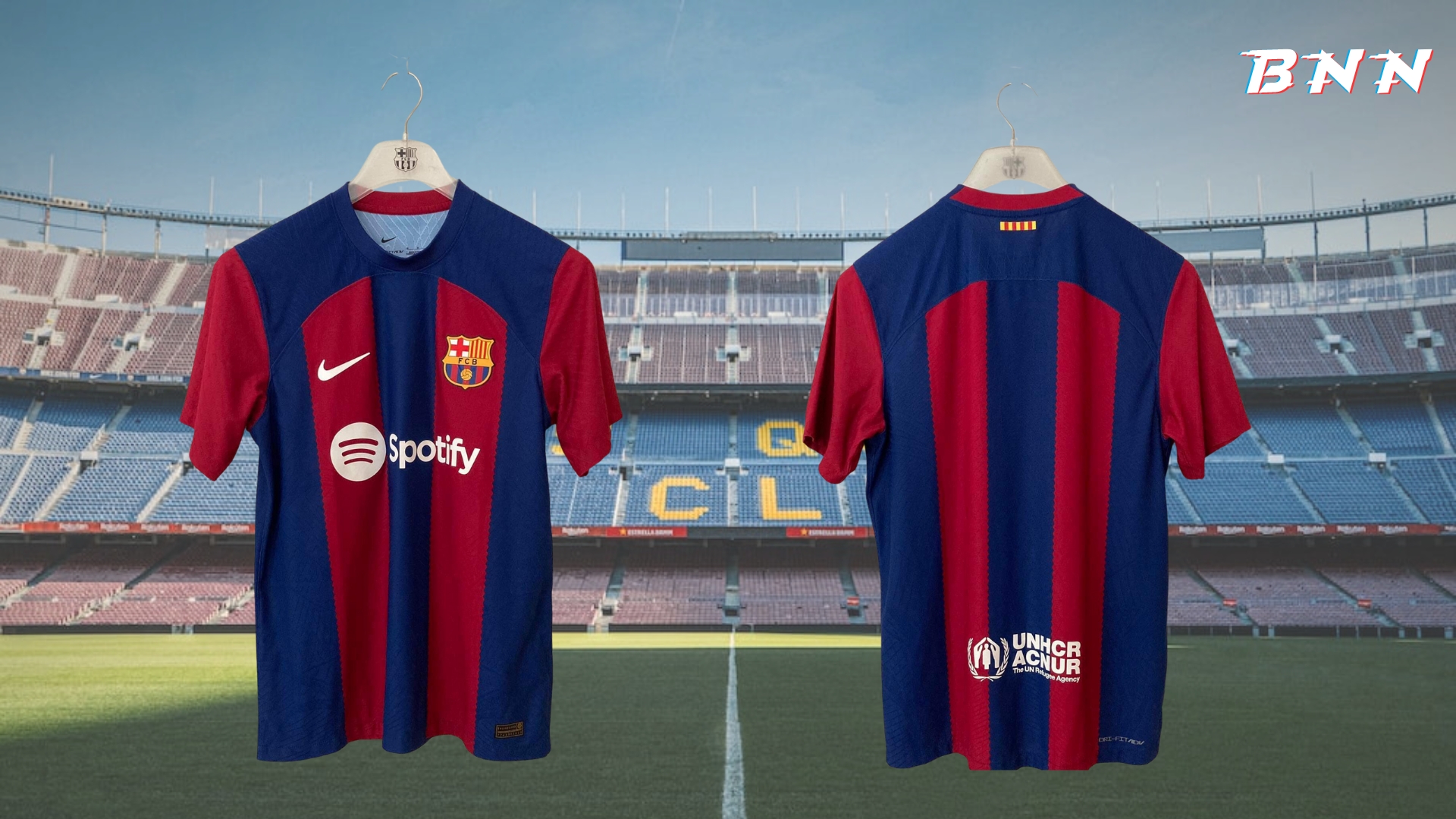
- Frame: Check the entire frame for structural integrity, especially around spring mounts, body mounts, and suspension points.
- Cab: The cab, being a unibody-like structure atop the frame, is prone to rust in the floorboards, rocker panels, door bottoms, and firewall.
- Bed: Pickup beds often suffer from rust due to exposure to elements and cargo.
- Body Panels: Fenders, hood (which is behind the cab!), and grille can also show significant corrosion.
- Mechanical Condition:
- Engine: Most original FC-150s came with the 134 cu in (2.2 L) Willys F4-134 "Hurricane" I4 engine. Check for oil leaks, smoke, strange noises, and overall running condition. Many FC-150s have received engine swaps (e.g., Buick V6, Chevy small block), which can be a pro or con depending on your goals.
- Transmission and Transfer Case: Typically a T-90 3-speed manual transmission and a Dana 18 transfer case. Check for smooth shifting, engagement of 4WD, and unusual noises.
- Axles: Dana 44 rear and Dana 25 or 27 front axles are common. Inspect for leaks, excessive play, and proper functioning.
- Brakes and Steering: Ensure they are functional and safe. Original systems are rudimentary; upgrades are common and often necessary for modern driving.
- Originality vs. Modification: Decide what you’re looking for.
- Stock Condition: Highly desirable for collectors, but often means more restoration work to get it roadworthy.
- Modified/Resto-Mod: Many FC-150s have modern engine swaps, suspension upgrades, or power steering/brakes. These can make them more drivable but may reduce their value to purists.
- Documentation: A clear title is paramount. Any service records, original manuals, or ownership history add significant value and peace of mind.
- Parts Availability: This is a major consideration. While some parts are shared with other Jeeps of the era (like the CJ series), many body and unique FC-specific components are scarce. You’ll rely on specialty vendors, reproduction parts, and often custom fabrication.
Where to Find an FC-150 Jeep For Sale
Finding an FC-150 isn’t as straightforward as searching for a common classic car. You’ll need to cast a wide net:
- Online Marketplaces:
- Specialty Classic Car Sites: Hemmings, ClassicCars.com, Bring a Trailer (for higher-end, well-documented examples).
- Auction Sites: eBay Motors can occasionally yield finds, but be wary and do your homework.
- General Classifieds: Craigslist (local searches), Facebook Marketplace – often where unrestored "barn finds" appear.
- Jeep Enthusiast Forums and Clubs: The FC-Jeep community is passionate and often shares leads on vehicles for sale. Forums like The CJ-3B Page (which also covers FCs) or dedicated FC groups on social media are excellent resources.
- Classic Car Dealerships: Some specialized dealerships might have an FC-150, but expect a higher price for their curation and potential reconditioning.
- Auctions: Major classic car auctions (Mecum, Barrett-Jackson) occasionally feature rare Jeeps, including FCs.
- Word-of-Mouth: Networking within the classic car and Jeep communities can uncover private sales not advertised elsewhere.
The Buying Process: Practical Advice for Prospective Buyers
Once you’ve identified a potential FC-150 Jeep For Sale, follow these steps:
- Thorough Research: Understand the specific year model, its common issues, and what constitutes a fair price for its condition.
- Set a Realistic Budget: Not just for the purchase price, but for transportation, immediate repairs, and potential long-term restoration.
- Initial Contact and Questions: Ask detailed questions about the vehicle’s history, mechanical condition, rust issues, and whether it has a clear title. Request numerous high-resolution photos and videos.
- Pre-Purchase Inspection (PPI): This is non-negotiable for a classic vehicle. Ideally, inspect the vehicle in person. If not possible, hire an independent, qualified mechanic specializing in vintage vehicles or Jeeps to perform a comprehensive inspection. This small investment can save you thousands.
- Test Drive: If the vehicle is roadworthy, take it for a test drive. Listen for unusual noises, check brake effectiveness, steering play, and transmission engagement. Remember, it will drive like a vintage truck, not a modern SUV.
- Negotiation: Based on the inspection findings and market value, negotiate the price. Be prepared to walk away if the deal isn’t right.
- Documentation and Transfer: Ensure all paperwork is correct, including a clear title, bill of sale, and any necessary state-specific forms.
- Transportation: Plan how you will transport the vehicle. Even if it’s running, a flatbed tow is often the safest option for an older classic, especially over long distances.
Restoration and Maintenance Tips
Owning an FC-150 is a commitment. Here’s what to expect:
- Common Issues: Be prepared for rust repair, electrical gremlins (due to aging wiring), carburetor issues, and potential driveline wear.
- Finding Parts: Join FC-Jeep specific forums and groups. Members often share leads on rare parts or have spares. Specialty vendors like Kaiser Willys, Walck’s 4WD, and Omix-ADA carry some reproduction parts, but unique FC body parts are often found only through donor vehicles or custom fabrication.
- DIY vs. Professional: Many owners undertake partial restorations themselves, learning as they go. For complex bodywork, engine rebuilds, or specialized electrical work, professional help from a shop experienced with vintage vehicles is advisable.
- Community Support: The FC-Jeep community is incredibly supportive. Leverage online forums, social media groups, and local clubs for advice, troubleshooting, and camaraderie.
Potential Challenges and Solutions
- Rarity of Parts:
- Solution: Network extensively, seek out donor vehicles, be prepared for custom fabrication by a skilled metalworker, or consider modern upgrades where practical.
- High Restoration Costs:
- Solution: Prioritize repairs (safety first), undertake a staged restoration, or consider a "driver quality" vehicle that doesn’t require a full concours restoration.
- Finding Skilled Mechanics:
- Solution: Look for shops specializing in vintage American vehicles or classic Jeeps. General mechanics may not be familiar with the unique aspects of an FC-150.
- Rust Beyond Repair:
- Solution: Some vehicles are simply too far gone structurally. A thorough PPI can prevent buying a "rust bucket." Focus on examples with solid frames, even if the body needs work.
FC-150 Jeep For Sale: Estimated Price Guide
The price of an FC-150 Jeep varies dramatically based on its condition, originality, and location. This table provides a general estimate:
| Condition Category | Description | Estimated Price Range (USD) | Key Considerations |
|---|---|---|---|
| Basket Case / Parts Car | Non-running, significant rust, major components missing or severely damaged. Primarily useful for parts or a full frame-off, multi-year restoration project. | $3,000 – $8,000 | Expect to replace almost everything. Requires extensive metalwork, mechanical rebuilds, and potentially a new frame section. Suitable for experienced restorers with significant budget and time. Title status might be unclear. |
| Project / Roller | Non-running but mostly complete, significant rust, needs full mechanical and body restoration. May be a rolling chassis. | $8,000 – $15,000 | Engine/transmission may be seized or require full rebuild. Significant rust repair needed. Requires substantial investment in parts and labor. Good for an ambitious DIY restorer. |
| Driver Quality | Running and driving, but shows significant wear and tear. Functional but not pretty. May have minor rust, mechanical issues needing attention, rough paint, worn interior. | $15,000 – $30,000 | Can be enjoyed immediately but will require ongoing maintenance and cosmetic improvements. Not show-ready. Check for safety-critical items (brakes, steering). Often a good starting point for incremental restoration. |
| Partially Restored | Some major work completed (e.g., engine rebuilt, new paint, some rust repair), but still needs significant finishing work or has areas of concern. | $30,000 – $45,000 | Verify quality of completed work. Understand what still needs to be done. Can be a good value if the hard, expensive work (like body/paint) is done well. |
| Fully Restored / Show Quality | Meticulously restored to original or near-original specifications. Excellent paint, interior, and mechanical condition. All systems function perfectly. May have minor, period-correct upgrades. | $45,000 – $70,000+ | Premium price reflects the investment in restoration. Ideal for collectors or those who want a turn-key classic. Always verify the quality of the restoration work and documentation. Concourse-level examples can exceed this range. |
Note: These are estimates and market conditions, location, specific features (e.g., rare factory options, unique body styles), and documentation can significantly influence the actual sale price.
Frequently Asked Questions (FAQ) about FC-150 Jeep For Sale
Q1: What does "FC" stand for?
A1: "FC" stands for "Forward Control," referring to the design where the driver and cabin are positioned directly over or slightly in front of the front axle.
Q2: How many FC-150s were produced?
A2: Approximately 30,000 FC-150 units were produced from 1956 to 1965. This relatively low number contributes to their rarity today.
Q3: Are parts for the FC-150 hard to find?
A3: Yes, parts for the FC-150 can be challenging to find, especially unique body panels and specific interior components. However, many mechanical parts (engine, transmission, axles) are shared with other Jeeps of the era (like the CJ series) or are common components, making them easier to source. Specialty reproduction parts are also becoming more available.
Q4: Can an FC-150 be a daily driver?
A4: While technically possible, it’s not recommended as a primary daily driver in modern traffic. FC-150s lack modern safety features, power steering, and power brakes (unless modified), making them demanding to drive. They are best suited for recreational use, short trips, or as a unique weekend vehicle.
Q5: What engine did the FC-150 originally come with?
A5: The FC-150 primarily came with the Willys F4-134 "Hurricane" 134 cubic inch (2.2 L) inline-four F-head engine.
Q6: Is the FC-150 good off-road?
A6: Yes, the FC-150, being a true Jeep with robust 4×4 capabilities and a short wheelbase, is surprisingly capable off-road. Its design allows for excellent approach and departure angles, making it a fun and effective trail vehicle.
Q7: Are there any common rust areas I should pay close attention to?
A7: Absolutely. The most common rust areas are the cab floorboards, rocker panels, door bottoms, the entire frame (especially around suspension mounts), and the bed. Thoroughly inspect these areas.
Q8: What’s the difference between an FC-150 and an FC-170?
A8: The FC-150 is the shorter wheelbase model (81 inches) with a 7-foot bed, while the FC-170 is the longer wheelbase model (103.5 inches) with a 9-foot bed, designed for heavier loads. Both share the same forward-control design philosophy.
Conclusion: Embarking on Your FC-150 Journey
Acquiring an FC-150 Jeep For Sale is more than just buying a vehicle; it’s adopting a piece of automotive history and joining a passionate community. These unique, rugged, and undeniably charming vehicles offer a driving experience unlike any other. While the journey of finding, inspecting, and potentially restoring an FC-150 can be challenging, the rewards are immense.
From its iconic cab-over design to its legendary Jeep capabilities, the FC-150 stands as a testament to practical engineering and unconventional style. By arming yourself with the knowledge provided in this guide, you can confidently navigate the market, make an informed decision, and soon find yourself behind the wheel of one of the most distinctive and beloved utility vehicles ever produced. Happy hunting, and may your FC-150 adventures be legendary!


